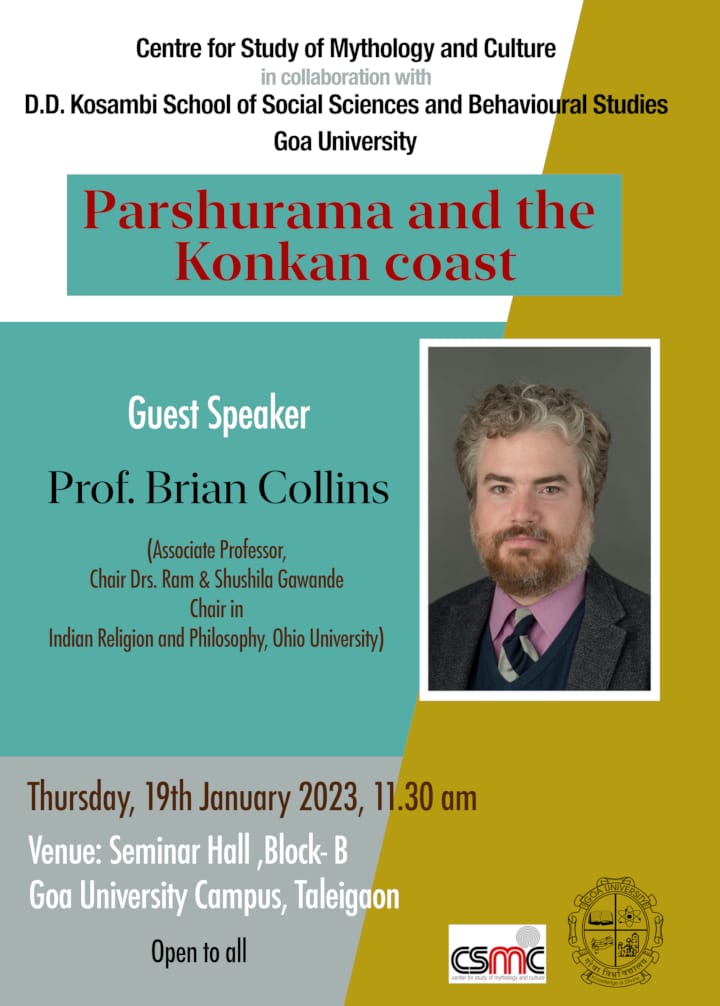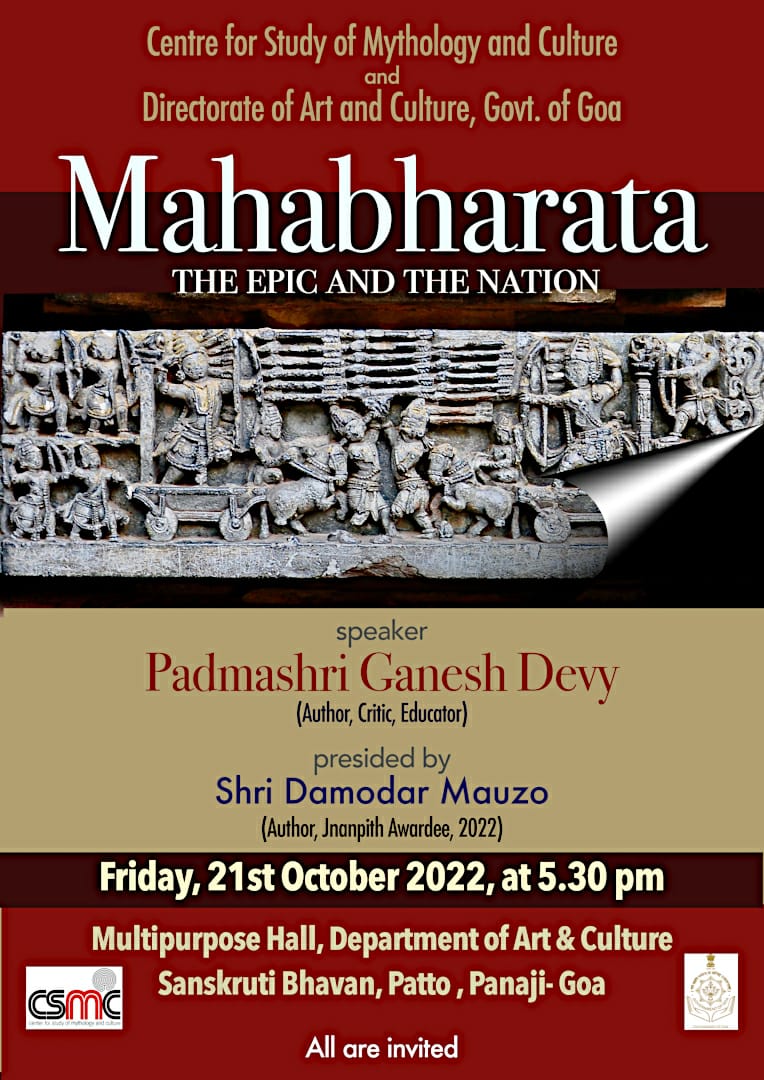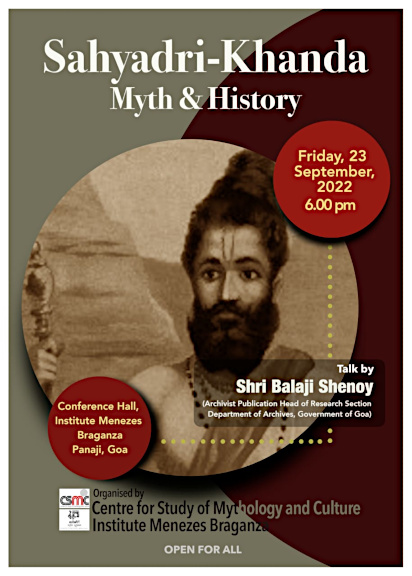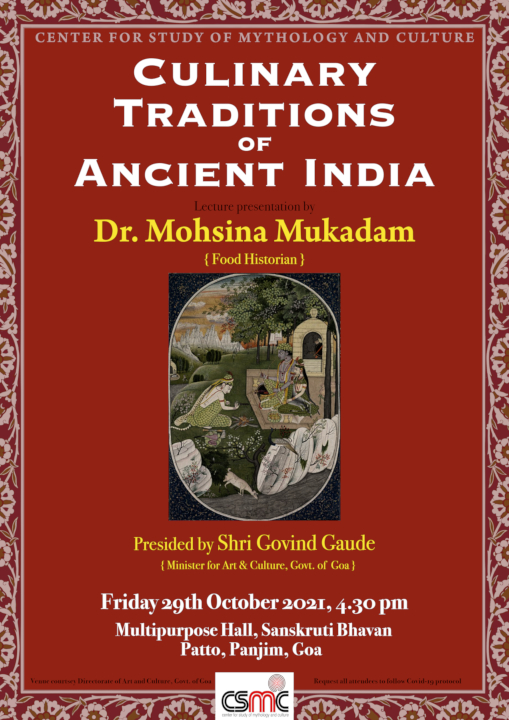Deep in the rolling hills outlying the Great Rann of Kutch, some 65 odd kilometres from Bhuj, is a centuries old Hindu monastery steeped in medieval traditions and customs, its actual age disputable. There is not another soul for miles; the only sound heard being that of the peacocks singing in the surrounding forests. Within the monastery’s thick limestone whitewashed walls a sole yogi, with a handful of companions, keeps an exclusive tantric monastic order alive—the Kanphata (slit ears) sect founded by the sage Dhoramnath.
The traditional founder of the Indian sect of slit eared yogis is Gorakhnath but in Western India, Dhoramnath, his fellow disciple introduced the Kanphata doctrines into Kutch at the end of the 14th Century. Legend claims that Dhoramnath stood on his head for 12 years on top of Dinodhar Hill, an inactive volcano behind the monastery, in self-imposed penance for a curse he inadvertently made. Upon being urged by the gods to cease his penance he agreed on condition that whatever his eyes first saw would turn barren. And thus the Rann of Kutch was created. A temple dedicated to him stands on the hill.
Shrines and vermillion smeared stones dedicated to yogis having taken samadhi dot the monastery grounds. While the monastery exteriors are plain, clad in limestone with vermillion marks, its interiors in contrast are a riot of colour. Walking through corridors, arches and rooms, I enter the inner sanctum of the main temple around which I circumambulate in pitch darkness. My exploration ends on the roof overlooking a sea of domes topping the shrines, listening to the birds sing to each other in a beautiful, almost eerie, surreal world. 🙂
The monastery, however, is unfortunately also derelict and falling apart. Which is sad, taking into consideration the colossal amount of heritage it holds in its midst, including an eclectic collection of colourful 18th Century Kamangari wall paintings and intricate jaali work on its walls.
Kanphata yogis worship the Hindu god Shiva and are distinguished by the large earrings they wear cutting through the hollow of their ears, hence the name “slit ears”. Seated cross-legged chatting with the resident yogi, he and his companions explain the sect’s emphasis on acquiring supernatural powers instead of following orthodox practices of prayers and meditation. Referred to as Maharaj, the yogi, I am told, is renowned in the region and community for his uninterrupted meditation during the full nine days of navratri. Apart from slitting their ears, the ideology of the Kanphata Yogis incorporates elements of mysticism, magic, and alchemy absorbed from both Shaivite (devotees of Shiva) and Buddhist esoteric systems, as well as from Hatha Yoga.
Dusk is starting to fall. As I stand amid the old, desolate, Prussian blue hills and flame smeared sky with silence for company, the magic of Kutch, today replete with tantric traditions and ancient fossils, the stark beauty of the place envelops me within its fold. Did I just say it was beautiful? Let me repeat it nevertheless, for words and images are not always sufficient in capturing or chronicling such moments. These are instead etched in our memories to turn our eyes dewy when we remember certain days gone by.












Leave a Comment